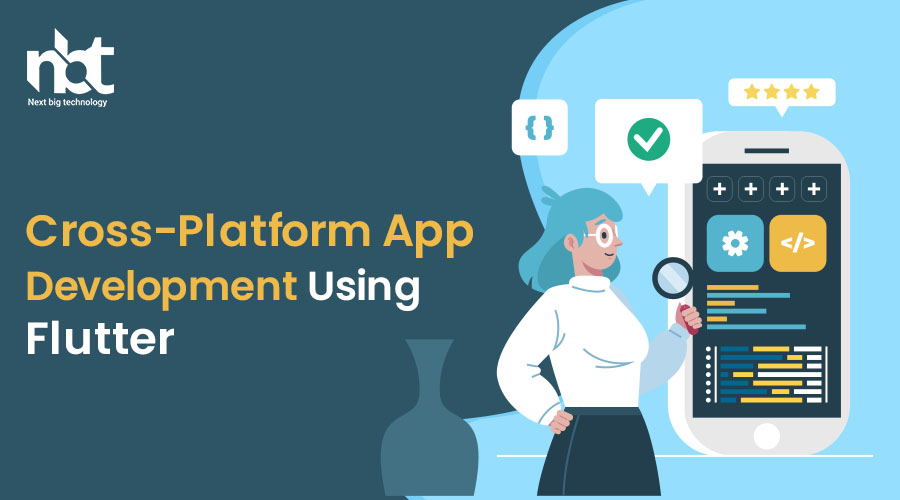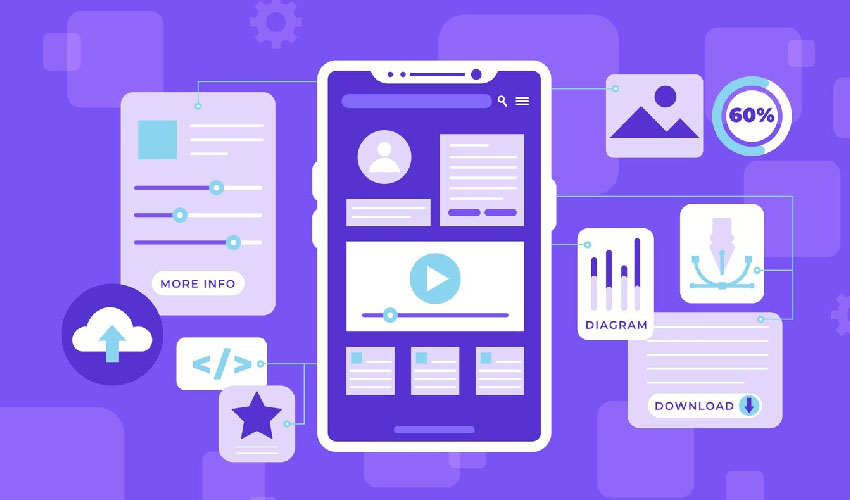Table of Contents
Introduction to Cross-Platform App Development
In a rapidly evolving tech landscape, the demand for versatile applications accessible on multiple platforms has surged. Cross-platform app development has emerged as a solution, allowing developers to create applications that run seamlessly on various operating systems. Choosing the right framework is crucial in this context, and one framework that has gained significant traction is Flutter.
Understanding Flutter Framework
Flutter, developed by Google, is an open-source UI software development toolkit. It enables developers to craft natively compiled applications for mobile, web, and desktop from a single codebase. With its expressive and flexible design, Flutter is a favorite among developers for its efficiency and productivity.
Advantages of Cross-Platform Development with Flutter
The benefits of using Flutter for cross-platform development are manifold. It offers cost-effectiveness, as developers can write code once and deploy it across multiple platforms. The faster development cycles provided by Flutter ensure quicker time-to-market, and the framework guarantees a consistent user experience across devices.
Getting Started with Flutter
To embark on a Flutter journey, developers need to install and set up the framework. Additionally, grasping the basics of Dart, the programming language Flutter uses, is essential. Dart’s simplicity and efficiency make it an ideal companion for Flutter development.
Flutter Widgets and UI Development
Flutter’s strength lies in its widgets, which are building blocks for constructing user interfaces. Developers can explore a wide array of pre-built widgets or create custom ones for a unique UI. Building a simple UI using Flutter involves combining widgets to achieve the desired design.
State Management in Flutter Apps
Effective state management is crucial for developing scalable and maintainable Flutter applications. Flutter offers various state management approaches, including Provider, Bloc, and Riverpod. Choosing the right strategy depends on the complexity of the application and the developer’s preferences.
Plugin Integration in Flutter
Flutter’s extensibility is enhanced through plugins, allowing developers to integrate additional functionalities seamlessly. Popular plugins cover areas such as camera integration, geolocation, and in-app purchases. Leveraging these plugins saves development time and enhances app capabilities.
Testing and Debugging in Flutter
Quality assurance is paramount in cross-platform development. Flutter provides robust testing tools and debugging techniques to identify and rectify issues efficiently. Thorough testing ensures a smooth user experience across diverse devices and platforms.
Optimizing Flutter Apps for Performance
Performance optimization is a continual process in app development. Flutter developers can follow best practices such as code splitting, lazy loading, and reducing unnecessary widget rebuilds to enhance app performance. Flutter-specific tips further contribute to a snappy and responsive user interface.
Deploying Cross-Platform Apps with Flutter
Once the app is developed and optimized, developers need to prepare it for deployment. Flutter facilitates the publishing process on major app stores, including Google Play Store and Apple App Store. Following platform-specific guidelines ensures successful deployment and app availability to a wider audience.
Community and Support in the Flutter Ecosystem
Flutter boasts a vibrant and supportive community. Developers can find resources, forums, and tutorials to enhance their skills and troubleshoot issues. The collaborative nature of the Flutter ecosystem contributes to the framework’s continual improvement.
Case Studies of Successful Flutter Apps
Examining real-world examples of successful apps developed with Flutter underscores the framework’s impact. Apps like Alibaba, Reflectly, and Google Ads have leveraged Flutter to provide users with a seamless and engaging experience, showcasing the versatility of the framework.
Challenges and Limitations of Flutter
While Flutter offers numerous advantages, it’s essential to address potential challenges. Developers may face issues with platform-specific features and encounter a learning curve when adopting Flutter. Understanding these challenges helps developers make informed decisions about when to choose Flutter for their projects.
Future Trends in Cross-Platform Development
As technology advances, so does the landscape of cross-platform development. Emerging trends include the integration of artificial intelligence, augmented reality, and Internet of Things into cross-platform apps. Flutter’s roadmap reflects a commitment to staying at the forefront of these trends, ensuring developers have the tools they need to create cutting-edge applications.
Conclusion
In conclusion, Flutter stands out as a powerful and efficient framework for cross-platform app development. Its advantages, including cost-effectiveness, rapid development cycles, and a consistent user experience, make it a preferred choice among developers. As the Flutter community continues to grow, and the framework evolves, it’s an exciting time for developers to explore and harness the potential of Flutter in creating innovative and versatile applications.
FAQs
- Is Flutter suitable for all types of applications?
- Flutter is versatile and can be used for a wide range of applications, from simple mobile apps to complex web and desktop applications.
- How does Flutter contribute to cost-effectiveness?
- Flutter allows developers to write code once and deploy it on multiple platforms, reducing the development and maintenance costs associated with building separate native apps.
- What are the key challenges in adopting Flutter?
- Developers may face challenges with platform-specific features and a learning curve when transitioning to Flutter. However, the vibrant community and resources available can mitigate these challenges.
- Can Flutter apps achieve native-like performance?
- Yes, Flutter apps can achieve native-like performance due to their compiled nature, resulting in fast and responsive user interfaces.
- How often does Flutter receive updates?
- Flutter follows a regular release schedule, with updates and new features introduced every few months to keep the framework up-to-date with the latest industry trends and technologies.
Thanks for reading our post “Cross-Platform App Development Using Flutter”. Please connect with us to learn more about Cross-Platform App Development.















